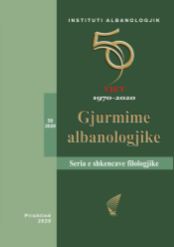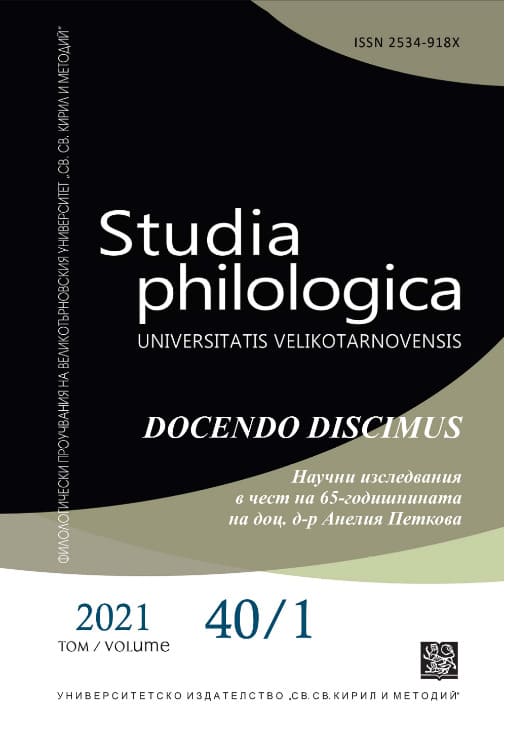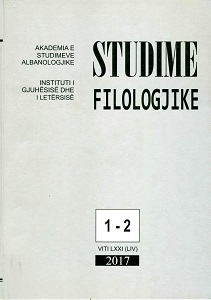Author(s): Arian Leka / Language(s): Albanian
Issue: 01-02/2017
In cultural terms, realism appears to be a general idiom, after which there are a lot of political, aesthetic, ethical as well as poetic refractions. In literary perspective, realism is flattened as a movement that can easily be located within the historical framework. It means that in the artistic level, realism can be clearly defined in time / space coordinates. Perceived as a form of discourse, realism has always been present in literature, since it has been invoked as such. In its mainly articulated form is already accepted that realism of the second half of the 19th century, responded to a certain context of socio-historical circumstances and developments. The realism itself recognized that the true epistemological problem did not stand in the complex form of the reality, but on the importance of the relator/author. According to this attitude, the reality in its pure form, can be objectively presented only when the creative thinking turns back to the zero level. The determining role of the creative mind in presenting of Socialist Realism’s reality, feels limited, even in Albanian literature after the World War II because, through “given reality” and depersonalization of the author as a creative subject, it depersonalizes the subjective reality itself. The question relates to the argument, which wants to explain if Socialist Realism - as a model or as a creative literary method - was certainly based on reality and if it was interested on realism itself or it was only interested in a particular form of reality: the programmed - futuristic - socialist - reality. Prefabrication of a single reality by Socialist Realism, as well as the implementation of the techne named “ready made reality”, gives even to Albanian Socialist Realism various related formal features of some artistic movements like Futurism or others that used “ready made” in arts, like Surrealism. From another perspective, they appear not symmetrical, since Socialist Realism emerges as a political art which, in the name of “the socialist reality” collectivized all plural forms of the reality. By the reproduction of a single and monolithic reality and by multiplying forms of the same reality, Socialist Realism (claiming; it faithfully) forsakes both: -the realism and reality. The ordinary reality of life changes its nature when it placed in the literary context of Socialist Realism. The reality is no longer realistic. It abandons the reality, as it leaves realism, in order to win a supposed realism and the socialist dimension of the reality. In this background, the relationship that would set the new art in Albania (“the progressive realism”, “the living and acting realism”, “the new literature, more progressive and popular than ever” and “a faithful reflection of news socialist life”) became one of the primary concerns of Albanian critics and writers: especially those issues connected to the new theory on realism, in front of traditions and other prior forms of realism. The orientation near “directed realism” led the literature of the countries of popular democracies toward “moral and moralistic realism”. The formalisation of the semantic code - as a form of aesthetic dictation - guided by the intent of controlling of all the images and spaces of reality, including not only the forms of communication, but even the semantic mechanism themselves - were some of the manifestations of the new art. Under the model of the aesthetic code of Romanticism, as well as under the pressure of the innovations of modernism and postmodernism, the Socialist Realism ended as a method/form of “prescriptive realism”. It displayed as an ordered reality, painted in official colours, within which the Modernism was not accepted, and the Romanticism was allowed, only if it was a form of revolutionary one. It can be also noticed that the dictation of non-linguistic elements and non-semantic codes, brought adaptations to the structure and function of Albanian literature too. It falls into an expressive pathology, an ideological logos, turned into an “icon” or an illogical trope of poetic tropes. Meanwhile, the absolutization of the single reality was fed up by political principles, by teleological, ideological and ethical inspirations, which kept alive a “Mummy” reality, offered beyond reality and fiction, a simulated and manipulated reality, which becomes a simulacrum.
More...
















